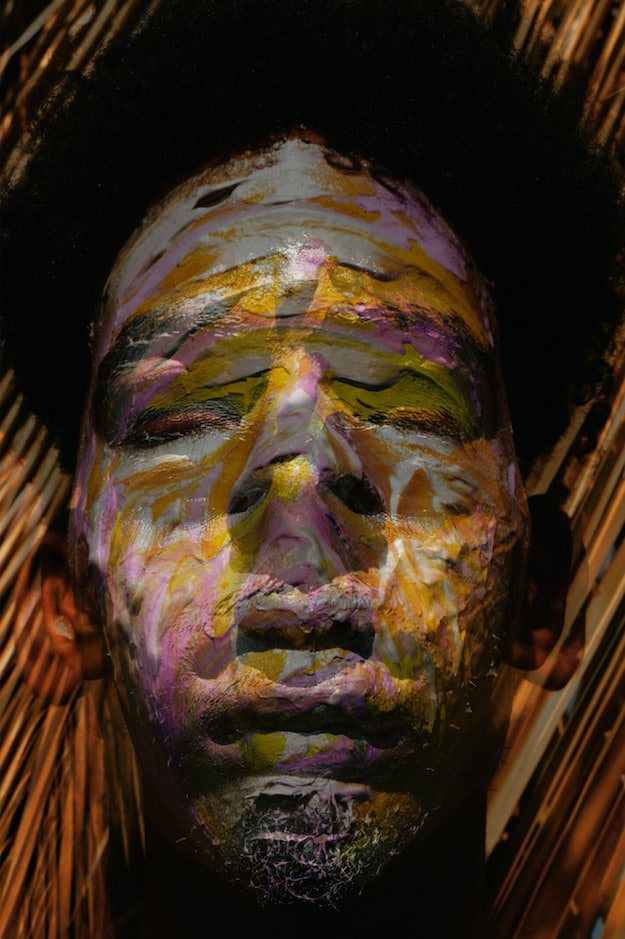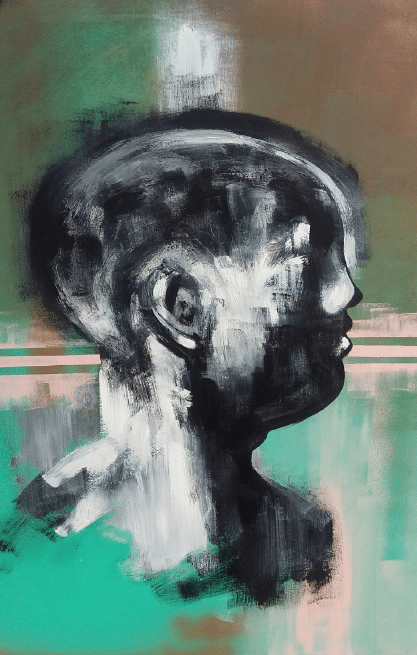EXHIBITION
A-Figuration by Nowé Harris-Smith
Thursday, July 7, 2016
Sunday, August 21, 2016

Figuration deals with interpretations of bodies and figures in space. Abstraction as a concept holds no concern in reproducing reality. Ironic then, when each of these seemingly disparate ideas and styles are paired with both painting and photography in relation to their respective difficult and warring histories as documentative mediums.
Nowé Harris-Smith, an emerging Bahamian artist, shows us her foray into reconciling the tension between the two battling mediums; tensions between reality and the imagined, between the ideas of bodies as symbols of our individuality but also as unifying vessels of the universality of our human experience. Painting as a medium is often illusory by nature – using a flat surface to allude to a dimensional world, until the past century where realism lost its primary hold and function.

Nowé Harris-Smith, an emerging Bahamian artist, shows us her foray into reconciling the tension between the two battling mediums; tensions between reality and the imagined, between the ideas of bodies as symbols of our individuality but also as unifying vessels of the universality of our human experience. Painting as a medium is often illusory by nature – using a flat surface to allude to a dimensional world, until the past century where realism lost its primary hold and function.
But what happens when abstraction and removal from reality is not only applied in one medium that struggles with its history of documentation and representation, but also must contend with the birth and ubiquity of photography, a medium that esteems to reproduce images of the actual world around us? The faces and bodies in Harris-Smith’s photographs are not masked in thick layers of paint to homogenize human canvases or to make them humanoid like her paintings, rather this masking serves to showcase a sort of unity of human experience that goes beyond the corporeal. Faces and bodies in paintings and photographs alike are blurred and skewed, not stripping the subjects of their identity but reinforcing affinities within the physical and in the metaphysical.

Harris-Smith gives us a hint at the particulars: full lips, broad noses, cheekbones that cannot be hidden under the layers of paint. It is not these particulars that make her obscured figurations intriguing, it is the blurring of our physical identity that helps her get to the stuff of our souls and personalities, showing that regardless of the vessels we inhabit, no matter what colour or shape, it is the material of our souls that unifies us and makes us human.
Installation